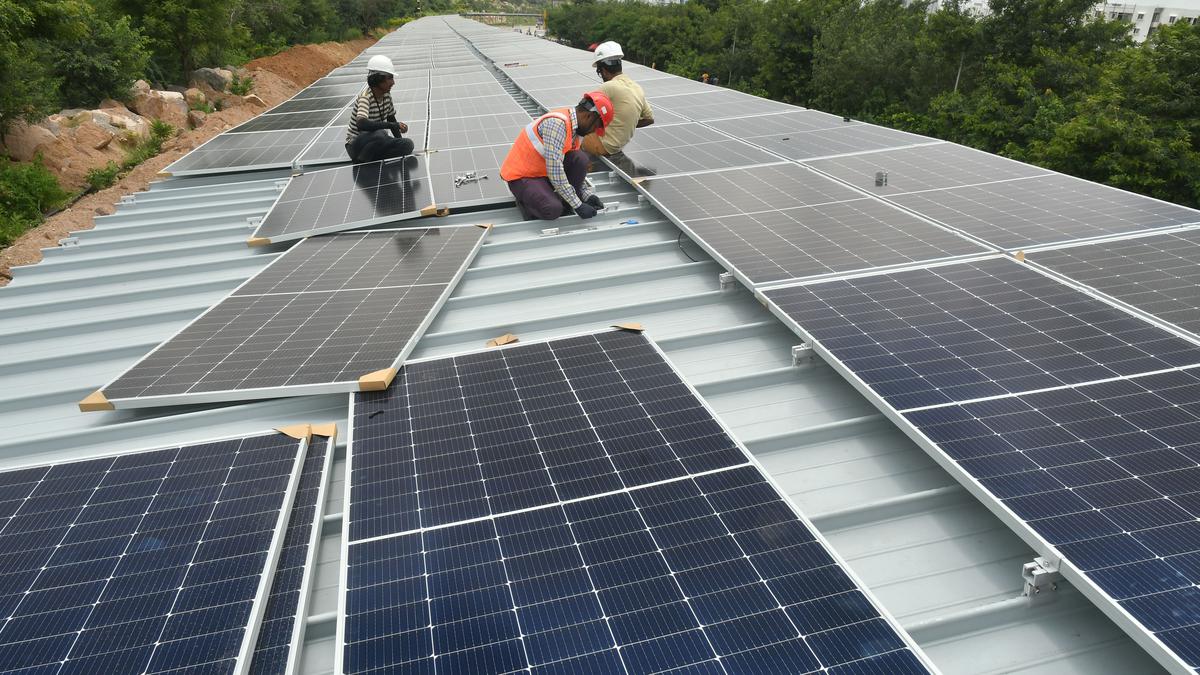
‘More finance needed to wean India’s electricity grids off coal’
The Hindu
India must demand more finance to transition to green energy, says former Power Secretary Alok Kumar. India committed to 500 GW renewable energy by 2030 but needs finance to ensure electric grid can handle large loads.
India had not done enough to demand more finance from the international community that would aid in its transition towards green energy, former Power Secretary Alok Kumar said at a seminar on Monday to discuss the road map for the 28th edition of the United Nations Conference of Parties (COP-28) to be held in Dubai next month.
Among the thorniest issues at COP negotiations is finance. Developed countries have yet to provide committed tranches worth billions of dollars to developing countries to mitigate greenhouse gas emissions.
To contain greenhouse gas emissions enough so that the globe does not heat up more than 1.5 degrees Celsius, the science says that by 2030, carbon emissions need to be cut 43% of 2019 levels. However the stated pledges by governments, as of today, will only see a 2% reduction in emissions and thus breach the safety mark, said a UN report last week.
India’s most significant contribution towards this global effort is a commitment to source nearly 500 GW of renewable energy by 2030. However experts said that while installed, clean energy was a laudable goal in itself, the greatest challenge to transitioning entirely to renewable energy was providing for ‘peaking power’, like when factors such as unusually hot summers or a drought would result in a large demand for electricity over relatively short intervals.
As of now, only coal, can reliably deliver on that. “We cannot have a situation of blackouts. Ensuring that our electric grid was capable of handling large loads of renewable power is expensive and this is what we should demand that international finance help us with,” Mr. Kumar said. “Beyond a point we will hit a wall on renewable energy.”
In 2023, suggests data from the Power Ministry, India met its peak demand of 234 GW with nearly 70% from coal. India’s installed capacity is 425 GW, as of October this year.
Other experts said that deliberations at the COP-28 would see much of the focus on Global Stocktake, the first ever formal reckoning of the actual progress made by all countries in cutting emissions. While these numbers are broadly known, the larger purpose of the stocktake is to push countries to declare more ambitious targets to have a shot at not breaching the 1.5 degrees Celsius limit.













